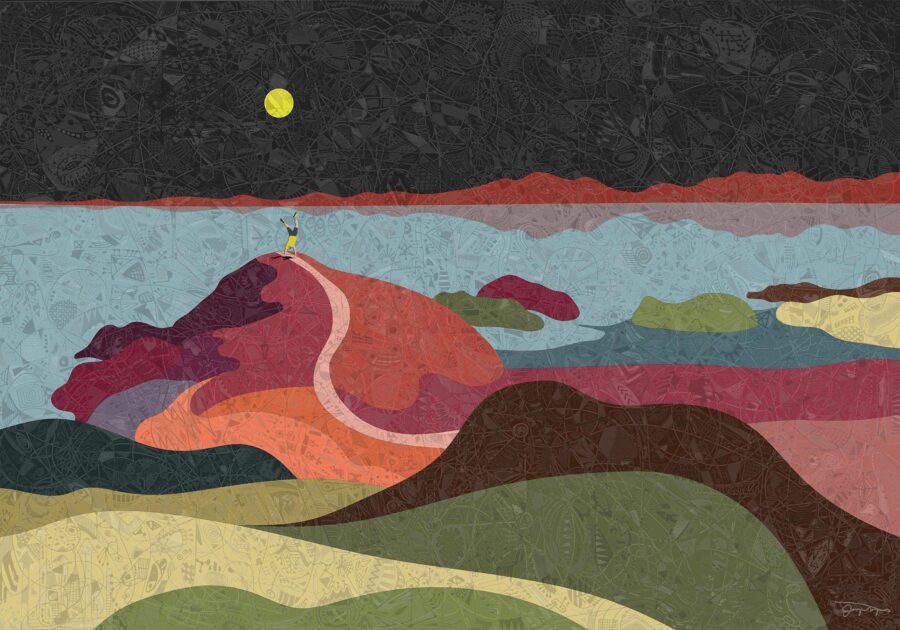7 ways to make your project water usage efficient & sustainable
_____________________________________________________________________________________________________
BY JOSEPH AZAR
Aprit 2023

The three things to consider first are indoor water usage, outdoor water usage, and water metering.
Water is a critical resource, and reducing its consumption is essential for sustainable building practices. For projects pursuing LEED certification, addressing water efficiency in both indoor and outdoor environments is a key requirement. This article outlines practical steps to manage water usage and ensure compliance with LEED standards, focusing on outdoor water use, indoor water reductions, and the importance of accurate metering.
1. Outdoor Water Usage:
Starting with outdoor water usage, the ideal scenario is to design a landscape that requires no irrigation after two years of planting.
2. Plant Species Choice
To achieve this, implement the xeriscaping strategy, which uses little to no water. This can be done by selecting native and adaptive plants and avoiding the use of turf grass.
3. Irrigation
To apply this strategy, you need a study that includes plant descriptions and calculations proving that average rainfall will be sufficient, ensuring no additional irrigation is required.
If complete irrigation avoidance is impossible, aim for a design that reduces irrigation by at least 50% from the baseline. This reduction should be achieved through plant species selection and improved irrigation efficiency—not by using alternative water sources. You can calculate this reduction using tools like the EPA WaterSense Water Budget Tool.
4. Alternative Water Usage
While alternative water sources (e.g., gray water and rainwater) are useful, they do not count toward the required 50% irrigation reduction. Prioritize reducing water usage through design strategies before relying on alternative sources.
Always ensure irrigation systems are included in the fundamental commissioning process to verify their performance.
5. Indoor Water Usage:
The reduction should be at least 20% from the baseline. This can be achieved using a prescriptive path by installing high-performance fixtures labeled WaterSense, including:
- Toilets
- Urinals
- Private and public lavatory faucets
- Showerheads
All fixtures must meet the maximum flow rates set by the Energy Policy Act of 1992.
If you do not follow the prescriptive path, a calculation-based method can also be used to verify this 20% reduction.
Using ENERGY STAR appliances can further support your water-saving goals. Always aim to implement these strategies during the integrative design phase for the best results.
Specialized calculators, like those on the USGBC website, can assist with these calculations by requiring details such as fixture type, flush and flow rates, manufacturer, and occupancy patterns.
6. Install Water Metering:
A prerequisite for LEED certification is installing building-level water metering to track and manage water use. This enables facility managers to monitor consumption and improve efficiency.
At a minimum, install meters for all major potable water sources, including:
- Plumbing systems
- Irrigation systems
- Cooling towers
Begin planning water meters during the integrative design phase, collaborating with the MEP team and facility managers.
For advanced monitoring, install sub-metering systems to track at least 80% of the following:
- Indoor fixtures and fittings
- Irrigation systems
- Domestic hot water (if significant)
- Boilers (if exceeding 100,000 gallons annually or 500,000 BtuH)
- Reclaimed water systems
Only potable water sources (e.g., public supply or on-site potable water treatment) must be metered. Systems using rainwater do not require metering.
7. Cooling Towers:
Cooling towers require a specialized approach. The goal is to achieve maximum cycles of concentration without exceeding filtration levels or compromising system performance. Additionally, drift, blowdown, and overflow must be carefully managed.
While the technical details are complex, addressing cooling tower efficiency is essential for optimizing overall water performance.
Conclusion:
Achieving LEED credits for indoor and outdoor water usage is a critical component of sustainable building design. By implementing efficient plumbing fixtures, reducing irrigation needs, and using accurate metering, buildings can significantly lower water consumption.
Incorporating green spaces—such as rain gardens and vegetative roofs—can further manage stormwater and reduce environmental impacts. Sustainable water practices not only support environmental goals but also lead to long-term cost savings for building owners and occupants.
As water scarcity becomes an increasing concern, adopting innovative water-saving strategies will be essential for future building design and operations.

Artist/Architect/ LEED AP (BD+C)
Computational/ Environmental design
Enjoyed this article? Discover more in the Blog section